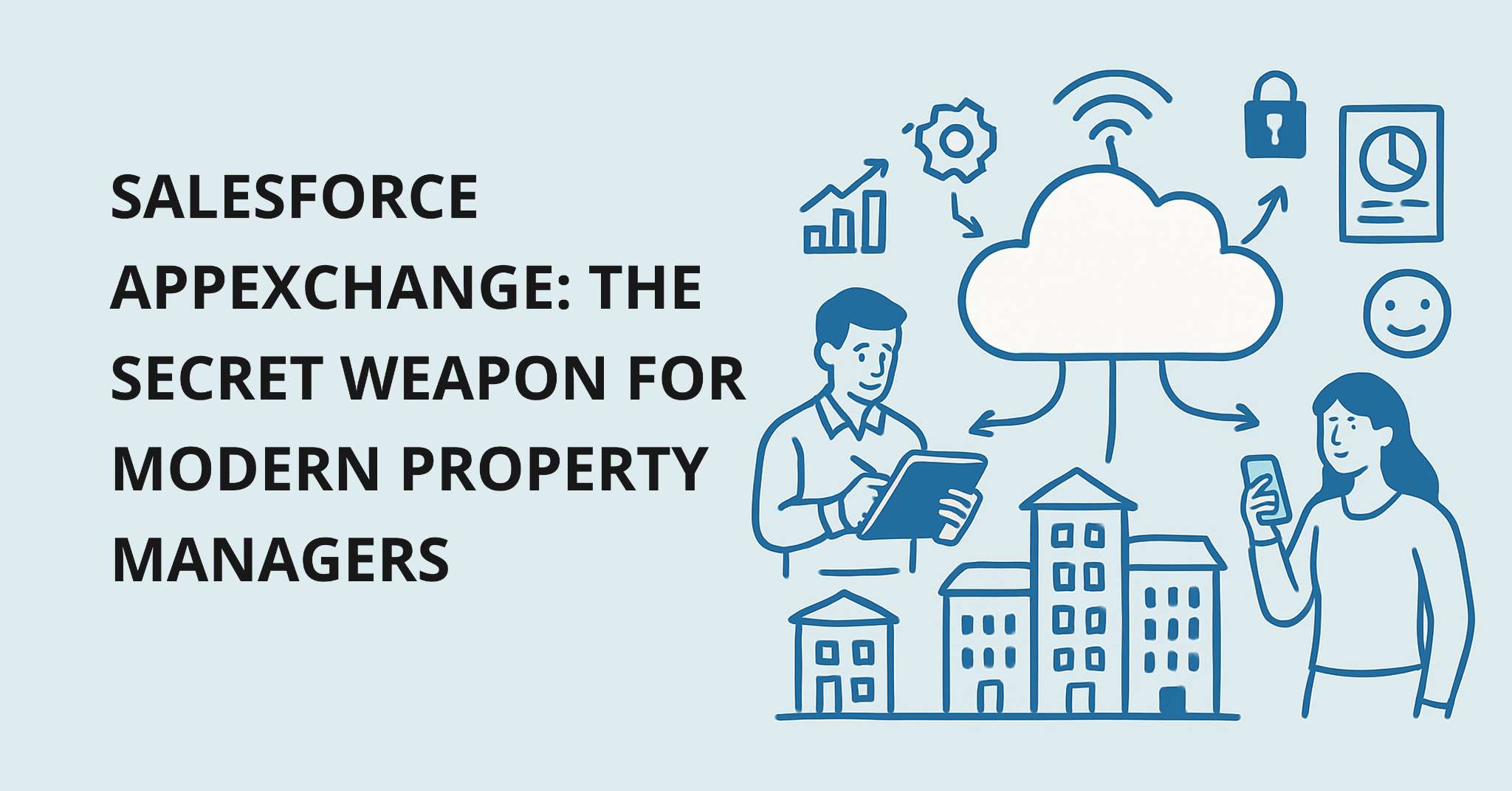Introduction to ALOS
Average Length of Stay (ALOS) is a significant metric in the hospitality industry, particularly for property managers. It represents the average number of nights a guest stays at a hotel. ALOS helps hospitality managers understand guest behavior, optimize revenue, and improve overall hotel operations.
Why ALOS Matters
Understanding ALOS helps property managers make informed decisions about pricing, marketing, and operations. By analyzing ALOS, you can identify trends, adjust strategies, and ultimately enhance guest satisfaction and profitability.
Common Questions About ALOS
What is ALOS?
ALOS stands for Average Length of Stay. It is a metric that calculates the average number of nights guests stay at your property. A high ALOS indicates that guests are staying longer, while a low ALOS means shorter stays.
How is ALOS Calculated?
To calculate ALOS, divide the total number of occupied room nights by the total number of bookings or reservations. The formula is:
ALOS = Total Room Nights/Total Reservations
For example, if your hotel had 1,000 room nights occupied and 250 reservations in a month, the ALOS would be:
ALOS = 1,000/250 = 4
Why Should Property Managers Track ALOS?
Tracking ALOS provides several benefits:
Revenue Management: Helps in setting optimal room rates and packages.
Operational Efficiency: Improves planning for housekeeping and staffing.
Marketing Strategies: Guides targeted marketing campaigns.
Guest Satisfaction: Identifies patterns that influence guest retention and satisfaction.
What Factors Influence ALOS?
Several factors can affect ALOS, including:
Seasonality: Peak seasons often see longer stays.
Type of Property: Resorts typically have longer stays than business hotels.
Location: Urban hotels might have shorter stays compared to rural or tourist destinations.
Guest Demographics: Families and vacationers usually stay longer than business travelers.
Events and Attractions: Local events or nearby attractions can extend the length of stay.
How Can Property Managers Increase ALOS?
Increasing ALOS can boost revenue and enhance guest satisfaction. Here are some strategies:
Offer Packages and Discounts: Create attractive multi-night packages or discounts for extended stays.
Enhance Amenities: Provide amenities that encourage longer stays, like laundry services or kitchenettes.
Promote Local Attractions: Highlight local events and attractions that encourage guests to extend their visit.
Loyalty Programs: Implement programs that reward guests for longer stays.
Flexible Booking Options: Allow flexible check-in and check-out times to accommodate longer stays.
How Does ALOS Impact Revenue?
ALOS has a direct impact on revenue. Longer stays often mean higher total revenue per booking, even if the nightly rate is slightly lower. This is because:
Reduced Turnover Costs: Fewer check-ins and check-outs reduce operational costs.
Higher Ancillary Revenue: Longer stays lead to increased spending on amenities, dining, and services.
Improved Occupancy Rates: Steady occupancy helps in better revenue management and forecasting.
How Can Technology Help Manage ALOS?
Modern property management systems (PMS) can significantly aid in managing and optimizing ALOS. These systems offer:
Data Analysis: Track and analyze ALOS trends.
Pricing Tools: Adjust rates dynamically based on ALOS data.
Marketing Automation: Create targeted campaigns to attract longer-staying guests.
Operational Efficiency: Streamline housekeeping and maintenance schedules based on stay patterns.
What Are Some Industry Benchmarks for ALOS?
Industry benchmarks for ALOS vary by type of property and location. However, general benchmarks include:
Urban Hotels: 1-2 nights
Business Hotels: 2-3 nights
Resorts: 4-7 nights
Extended Stay Hotels: 7+ nights
Understanding these benchmarks helps property managers set realistic goals and measure performance against industry standards.
How Often Should ALOS Be Monitored?
It's essential to monitor ALOS regularly to identify trends and make timely adjustments. Monthly tracking is typical, but during peak seasons or special events, weekly monitoring may be beneficial.
Can ALOS Be Too High?
While a high ALOS can indicate strong guest satisfaction, it can also mean missed opportunities for higher revenue through frequent turnovers. Balance is key. Evaluate whether longer stays are generating sufficient revenue and if there are opportunities to attract shorter, higher-paying guests.
How Does ALOS Relate to Other Metrics?
ALOS is closely related to several other key performance indicators (KPIs) in the hospitality industry:
Occupancy Rate: The percentage of available rooms occupied during a specific period.
Average Daily Rate (ADR): The average revenue earned per occupied room per day.
Revenue Per Available Room (RevPAR): ADR multiplied by the occupancy rate.
Total Revenue Per Available Room (TRevPAR): Includes all revenue streams, not just room revenue.
By analyzing ALOS alongside these metrics, property managers can get a comprehensive view of their property's performance.
What Are the Challenges in Managing ALOS?
Managing ALOS comes with challenges such as:
Seasonal Variability: Adjusting strategies for fluctuating demand.
Guest Preferences: Catering to diverse guest needs and preferences.
Competitive Market: Staying competitive while maintaining profitability.
Data Accuracy: Ensuring accurate data collection and analysis.
How Can ALOS Insights Drive Strategic Decisions?
Insights from ALOS can guide several strategic decisions, including:
Pricing Strategies: Adjusting room rates based on length of stay trends.
Marketing Campaigns: Targeting campaigns to attract guests likely to stay longer.
Service Enhancements: Investing in amenities that encourage extended stays.
Staffing Levels: Optimizing staffing based on predicted occupancy and stay lengths.
Understanding and managing ALOS is essential for property managers aiming to maximize revenue and enhance guest satisfaction. By tracking ALOS, property managers can make informed decisions about pricing, marketing, and operations, leading to a more efficient and profitable hotel.
To effectively manage ALOS and other key metrics, consider using a robust property management system like Booking Ninjas. Built on Salesforce, Booking Ninjas offers comprehensive tools to track, analyze, and optimize your property's performance.
Discover how Booking Ninjas can help you manage your property more efficiently. Try it out for yourself.






_-_A_Complete_Guide.png)











+for+Hotel+Chains.png)